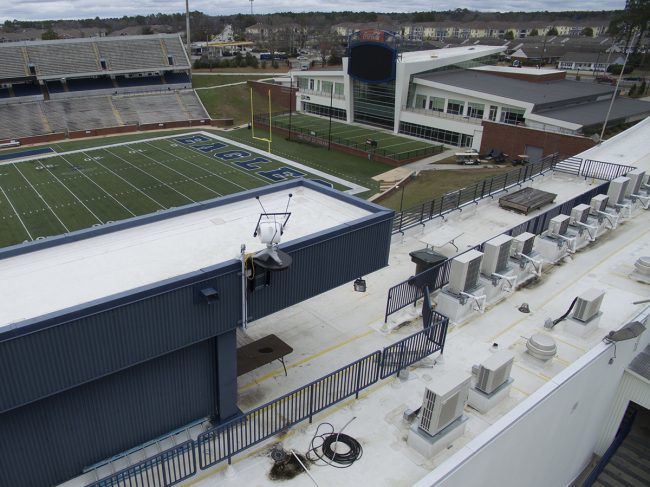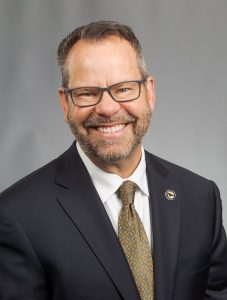Georgia Southern conducting solar research
April 25, 2018
Georgia Southern University professors are conducting solar energy research to determine the viability and cost-effectiveness of using solar energy as an energy source.
Department of mechanical engineering Assistant Professor David Calamas, Ph.D., and Associate Professor Biswanath Samanta, Ph.D. are trying to prove the benefit of using potential solar energy in the Statesboro area.
For the last three years, Calamas and his team have been able to record enough data to predict the sun’s power source potential hours in advance.
“We’re very accurate right now,” said Calamas in a press release. “Currently, we can predict incident solar energy accurately four hours in advance. For example, if we can show a power company the predicted solar potential for a specific time, say around 5 p.m., when people are getting off work, the companies can offset some of the costs by switching to solar power during those times.”
Calamas and Samanta began their research in 2014 when Calamas reached out to the Center for Sustainability to promote his team’s research idea. Calamas then earned a $31,424.75 grant funded by students sustainability fees to cover the cost of the solar trackers needed to begin the experiment.
In 2016, Calamas and Samanta earned a $97,795 two-year grant from Georgia Power Company to cover the other necessary equipment and instruments required for accurate data and measurement recording.
“We have different types of instruments to measure the different types of solar energy,” he said. “The goal is to determine what types of measurements we need to make the most accurate prediction into the future. The farther into the future we can predict, the better that is for a power company.”
Calamas teamed up with Brandon Kimmons, the director of Computational Research Technical Support in the Division of Information Technology Services, to store this high quantity of data on a special server.
“By using our virtual server hosting solution, we were able to provide a reliable and secure way to access and store the data coming in from the Solar Tracker hardware,” Kimmons said in the press release. “Once the data is logged and stored on the virtual server, it is then available for Calamas and Samanta to access for further analysis.
Calamas said that their research will take years to determine due to weather conditions. To make their research more accurate, they need to average out cloudy and rainy days in order to determine what an average day looks like for each day of each month.
“Just because it may have rained a lot this January doesn’t mean that’s historically true,” Calamas said.
Shiann Sivell, The George-Anne Daily Reporter, gadigital@georgiasouthern.edu









